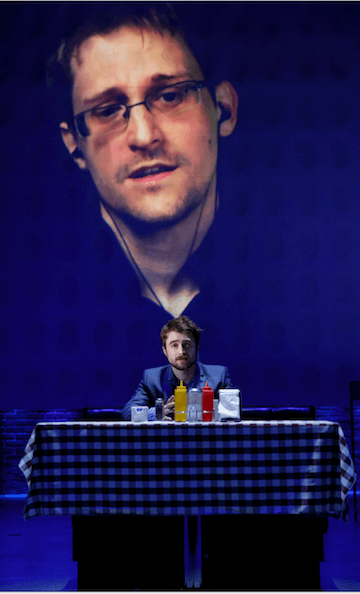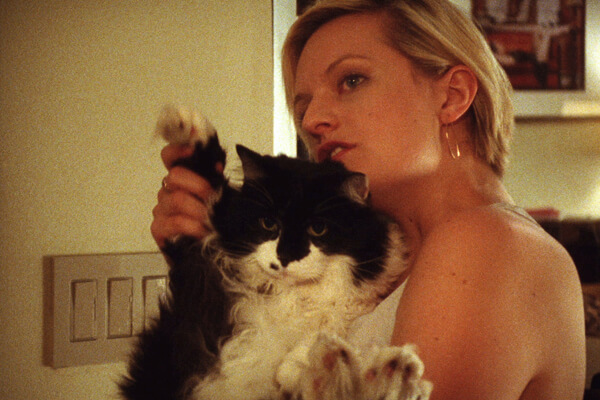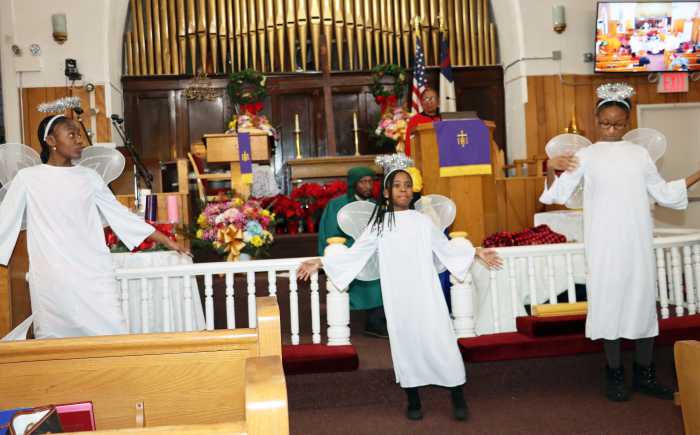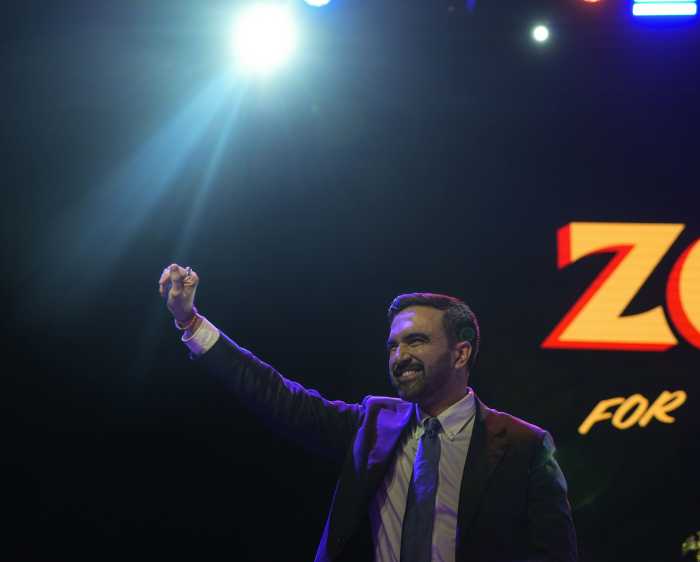Jared Leto as Rayon in “Dallas Buyers Club.” | FOCUS FEATURES
With actors in challenging roles and filmmakers crafting provocative drama, comedies, and documentaries, 2013 was another Queer Year for film. Here’s a rundown of the year’s queer films and trends, including the good, better, and best — as well as the worst — of 2013.
Best Queer Film of the Year
Abdellatif Kechiche’s “Blue Is the Warmest Color.” It was three hours long. It had explicit lesbian sex scenes. It won big at Cannes. And it’s a masterpiece — an intimate, erotic, and ecstatic romantic drama that captures issues of self-worth and self-expression in ways both authentic and devastating. Plus, lead actress Adèle Exarchopoulos gives a phenomenal performance.
Gay Directors, Gay Films Best: Spanish bad-boy Pedro Almodóvar created one of his funniest and gayest films in decades with “I’m So Excited,” about a trio of gay flight attendants dealing with panic-stricken first class passengers when the plane’s landing gear fails.
Honorable mention: François Ozon’s splendid “In the House” was a return to queer storytelling for the out auteur. He tells a complex story, filled with layers of seduction, about a student who engages his professor by chronicling the goings-on in the home of a gay friend.
Gay Directors, Straight Films
Good: Bill Condon’s “Fifth Estate” was an entertaining drama about Julian Assange, but it never quite reached the depths it might have plumbed.
Best: Lee Daniels’ “The Butler” was a remarkable history of the African-American civil rights struggle in America — though absent any queer content — as seen through the eyes of a White House butler played by Forest Whitaker.
The good, the best, and the busts of a memorable year
John “Long Jones” Abdallah Wambere, an ally of the late David Kato, remains active in the LGBT rights movement in Uganda. | JOHN ABDALLAH WAMBERE
Documentaries of the Year
Best:
Honorable mentions: “Valentine Road,” Marta Cunningham’s film about the shocking aftermath of a anti-gay hate crime, and “After Tiller,” a look at doctors willing to perform late-term abortions, including one who is a lesbian.
Teen Spirit
Good: The girls in Harmony Korine’s “Spring Breakers” shared some same-sex kisses while Marc (Israel Broussard) in Sofia Coppola’s “The Bling Ring” loved those heels he stole.
Very good: Emory Cohen gave a knockout performance as a gay teen who has a date with a much older, married African-American man (Wendell Pierce) in the remarkable drama “Four,” by director Joshua Sanchez.
Best: A gay couple, Luis (Luis Figueroa) and Brandon (Brandon Diaz), is finely drawn in Michel Gondry’s enchanting comedy-drama “The We and the I.” The treatment of these queer students seen on a long bus ride home is honest, never demeaning or sensationalizing their sexuality.
Trans Performance by a Cisgender Actor
In a good film:
In a bad film: Kate del Castillo’s scenery-chewing performance as a trans inmate in “K-11” wasn’t bad — in fact, she was quite entertaining as the LGBT cell’s Queen Bee. But this lurid drama directed by Jules Stewart (Kristen’s mom) was a mess.
Beat Film
Worst: Among three films out this year that portrayed the Beats, “Kill Your Darlings,” in which Allen Ginsberg (Daniel Radcliffe) falls in love with and under the spell of the murderous Lucien Carr (Dane DeHaan), was an ambitious, but largely unsuccessful effort to capture their early days.
Better: “On the Road” was Walter Salles’ earnest adaptation of the Kerouac classic. Sam Riley’s Sal Paradise and Garrett Hedlund as Dean Moriarity were, respectively, the Kerouac and Cassidy characters. This handsomely mounted drama captured their restless spirit with mixed results.
Best: Michael Polish’s “Big Sur” featuring Jean-Marc Barr as an older, alcoholic Kerouac is both beautifully filmed and superbly acted, making it the Beat film to beat.
Adèle Exarchopoulos (r.) and Léa Seydoux in Abdellatif Kechiche “Blue is the Warmest Color.” | SUNDANCE SELECTS
Most Promising Newcomers
Male: Wentworth Miller not only came out publicly this year — taking a whack at Russia’s new anti-gay laws in the process — he also penned a wicked script for the stylish and sinister thriller “Stoker,” directed by South Korean filmmaker Park Chan-wook.
Female: Stacie Passion offered a notable directorial debut with the absorbing lesbian drama “Concussion.”
Mining the Murderous Lesbian Meme
Worst: Steven Soderbergh’s “Side Effects” had the misfortune of relying on not one, but two murderous lesbians for a big plot twist.
Best: Out filmmaker Jamie Babbit made the far more interesting — and tricky — “Breaking the Girls,” in which two women fall in love and exchange murders (a la “Stranger on a Train”), but only as prelude for the delicious twists and double-crosses to follow!
The Arousal Quotient
Mediocre: “Lovelace,” made by gay filmmakers Jeffrey Friedman and Rob Epstein, about the meteoric rise to fame of porn star Linda Lovelace and the abuse she suffered at the hands her husband. It had some good moments but never quite grabbed viewers by the throat.
Best: “The Canyons,” by straight filmmaker Paul Schrader, working from a script by out gay Bret Easton Ellis, told a stylish, sordid tale of a love triangle featuring bad behavior and bared bodies — Lindsay Lohan and James Deen among them.
Baring It All
Finally to the question of who offered the very best nude scene. Matthew McConaughey’s character in “Dallas Buyers Club” instructs the medical establishment to kiss his naked ass, but the moment was certainly not seductive. It would be tough to choose among the actors in the three Beat films: Studly Garrett Hedlund answering a door in the altogether in “On the Road”; adorable Daniel Radcliffe displaying his cute caboose in “Kill Your Darlings”; and the bohemian Jean-Marc Barr showing off his divine behind in “Big Sur.”
All of these guys are contenders, but none can compete with the sexiness and vulnerability of “Blue Is the Warmest Color.” There, Adèle Exarchopoulos and Lea Seydoux bared not only their bodies but also their souls.






































